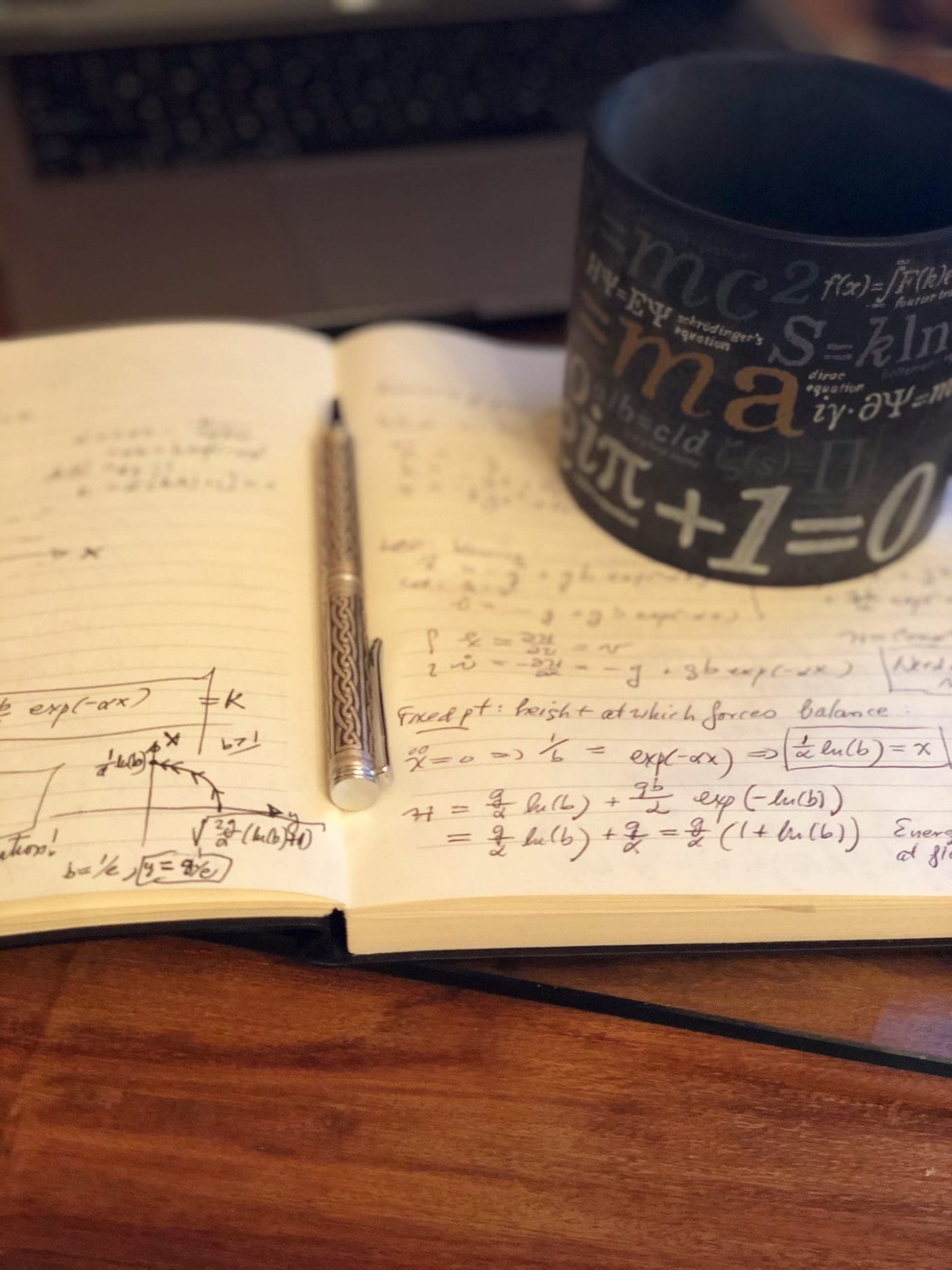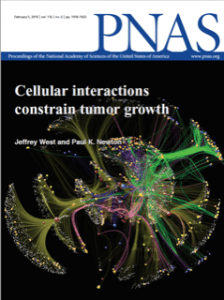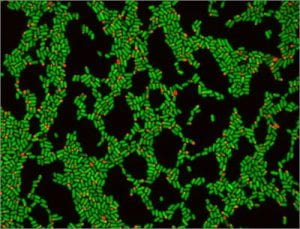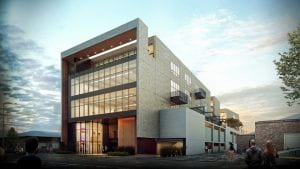I am an applied mathematician interested in the way tumor cell populations organize, compete, evolve, and disperse in their human hosts.
Our group addresses questions associated with the tumor ecosystem using mathematical models, computer simulations, and longitudinal data obtained from collaborating cancer centers. We are interested in how these processes are impacted by the human immune response, the tumor microbiome, and other symbionts that comprise the tumor ecosystem.
We view the cancer cell/immune system dynamics of a tumor as a co-evolving population, with both natural and artificially imposed (chemotherapy-immunotherapy) Darwinian selection at work. Tumor evolution can then be viewed and possibly exploited as a therapeutic target.
Using mathematical tools such as evolutionary game theory models to understand tumor ecology , we investigate natural selection dynamics driven by cellular heterogeneity and clonal competition. Of particular interest to our group is the evolution of drug-resistance and multi-drug immuno-chemotherapy scheduling along with the development of nonlinear adaptive and optimal control theory methods to steer the dynamics of the tumor ecosystem along favorable evolutionary paths.
We also develop Markov chain dynamical systems models to quantify and forecast metastatic progression using longitudinal patient data. From these models we use entropy and other information theory based metrics to quantify metastatic predictability as well as compare metastatic patterns and quantify the ecological diversity of a tumor.
Driving many of our models are stochastic processes such as finite population evolutionary games which we tailor to answer targeted questions about cancer progression. What is the role of stochastic fluctuations in the early stages of tumor development? Can chemotherapeutic scheduling based on feedback and optimal model-based control exploit these fluctuations? What is the best way to combine chemotherapeutic agents with multi-modal immunotherapies?
Our goal is to train the next generation of engineers, physicists, mathematicians, data scientists, and quantitive biologists to help develop and advance the growing field of mathematical and computational oncology. If you are in the MD/Ph.D. program and would like to do a rotation with my group, or if you have a B.S. or M.S. with a strong mathematical background and would like to work towards a Ph.D. in this area, contact me: newton@usc.edu
- Cellular interactions constrain tumor growth (pdf) J. West, P.K. Newton, Proc. Nat’l Acad. Sci. (2019)
- OrgDyn: feature and model-based characterization of spatial and temporal organoid dynamics (pdf) Z. Hasnain, A.K. Fraser, D. Georgess, A. Choi, P. Macklin, J.S. Bader, S.R. Payton, A.J. Ewald, P.K. Newton, Bioinformatics (2020)
- Nonlinear adaptive control of competitive release and chemotherapeutic resistance (pdf) P.K. Newton, Y. Ma, Phys. Rev. E (2019) (Editor’s Suggestion Article)
- Capitalizing on competition: An evolutionary model of competitive release in metastatic castration resistant prostate cancer treatment (pdf) J. West, Y. Ma, P.K. Newton, J. Theor. Bio. (2018)
- Chemotherapeutic dose scheduling based on tumor growth rates provides a case for low-dose metronomic high-entropy therapies (pdf) J. West, P.K. Newton, Cancer Research (2017)
- The prisoner’s dilemma as a cancer model (pdf) J. West, Z. Hasnain, J. Mason, P.K. Newton, Convergent Sci. Phys. Onc. (2016)
- An evolutionary model of tumor cell kinetics and the emergence of molecular heterogeneity driving Gompertzian growth (pdf) J. West, Z. Hasnain, P. Macklin, P.K. Newton, SIAM Review (2016)
- Entropy, complexity, and Markov diagrams for random walk cancer models (pdf) P.K. Newton, J. Mason, B. Hurt, K. Bethel, L. Bazhenova, J. Nieva, P. Kuhn, Scientific Rep. (2014)
- Spreaders and sponges define metastasis in lung cancer: A Markov chain Monte Carlo mathematical model (pdf) P.K. Newton, J. Mason, K. Bethel, L. Bazhenova, J. Nieva, L. Norton, P. Kuhn, Cancer Research (2013)
- A stochastic Markov chain model to describe lung cancer growth and metastasis (pdf) P.K. Newton, J. Mason, K. Bethel, L. Bazhenova, J. Nieva, P. Kuhn, PloS one (2012)



